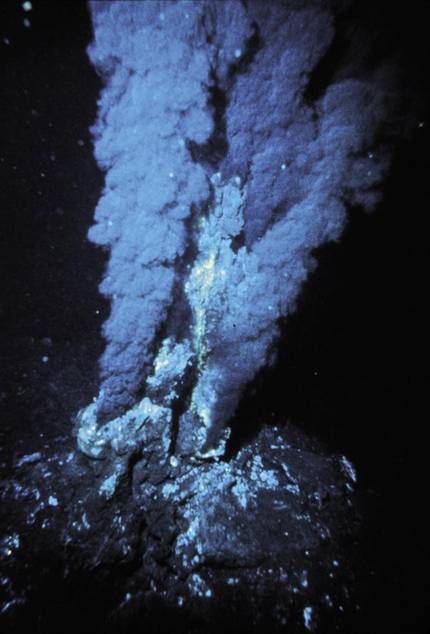Are we alone?
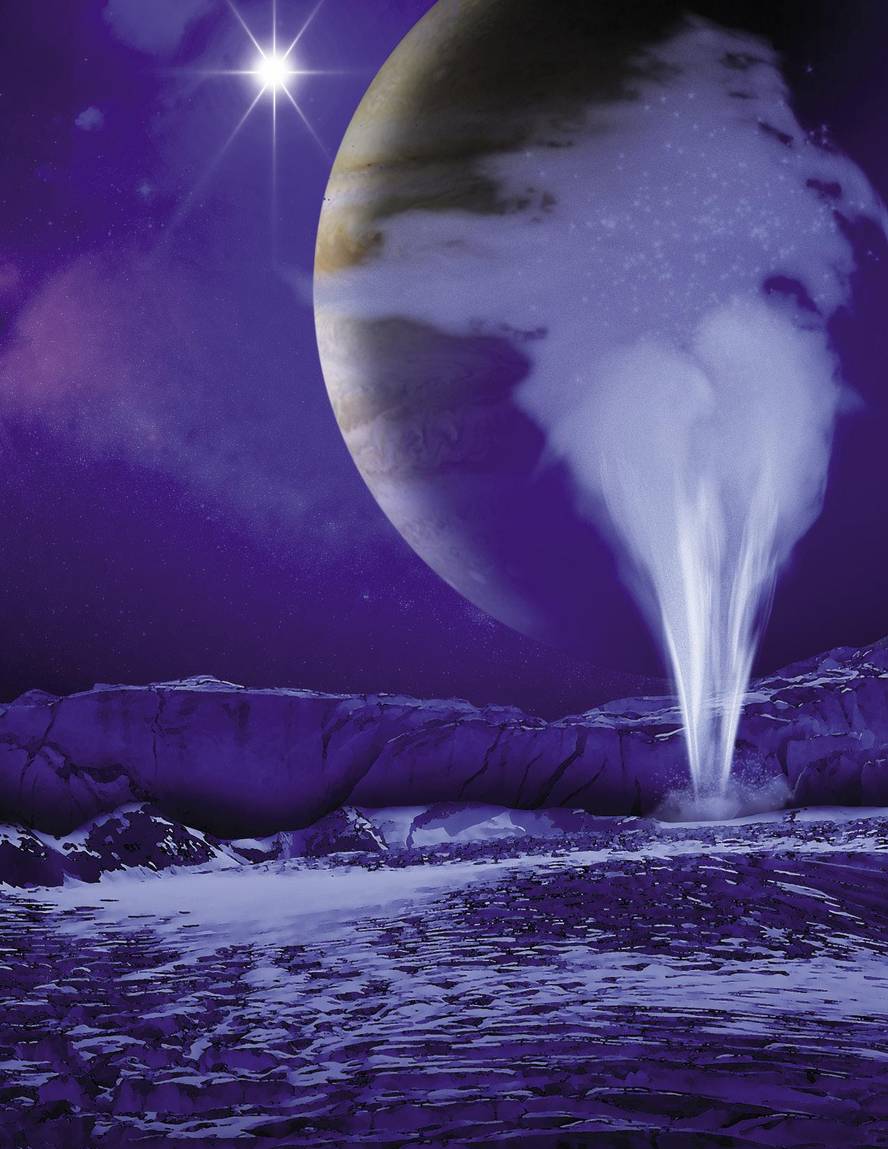
The shocks are the most difficult beings on Earth, who have the capacity to live in conditions that would be mortal for the rest of the living beings. There are several types, such as thermofilos, which can live in thermal lakes up to 120 °C, or acidophils, which have no problems advancing in a medium acid of pH = 2.0. Despite its popularity, in recent years, numerous discoveries have been made in this field. The search for such incredible organisms has also provoked some error of great repercussion: At the end of 2010 NASA announced that they found a life based on arsenic. This would imply the existence of another biochemistry, since in living beings that know the arsenic is a simple poison: the cells acquire it in the so-called phosphorus, since it is very similar, but it fails them at the time of its use, since the arsenic is very unstable. Finally, NASA recognized that this finding was not correct, since the high concentration of arsenic of this peculiar organism did not mean its use for the development of cellular functions.
But out of such exceptions, many have been truly amazing discoveries. For example, in the marine pit of Marianas, at the deepest point of the bajamar, in 2013 it was found more than 6,000 meters deep to 11,000 meters of the surface. Or, how not, on the subglacial lake of Antarctica, mentioned in the introduction. But, what has that seen with finding life in space? What scientists observe is that the conditions for the advancement of life are not as strict as expected a few years ago: temperature, pressure, light, acidity, etc. They should not necessarily be within the measures that are “normal” for us.
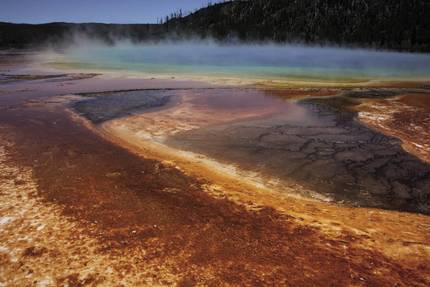
In view of this, evidence has been made of whether any organism can live outside our planet. For example, in Japan, the effect of high severity on bacteria was shown. In addition, the tests were not performed with an acceleration that would double or double the gravity of the Earth, but with 400,000 times the gravity of the Earth. And also in those violent conditions, some bacteria were able to grow. On the other hand, research has also been carried out on space travel and it has been proven that for some bacteria, weightlessness can be beneficial, since it occurs more than on Earth.
For all this, it does not seem incredible to find life outside our planet. But where and how to look? When looking for anything, like lost glasses, you can choose two strategies. The first option is to look in easy places, where we are not asked for much work: on top of the kitchen table, in the living room, at the bedside table. The second option is to think where they can be. When do we last use them? In the car? Will they be there? Equal for life outside the earth. Let's start right away: The Moon before, after Mars. We have already looked at the Moon and it seems that there is nothing in it.
On Mars we have also begun to look, even from the surface. There is not much hope of finding life on the red planet, since it does not meet two supposedly vital conditions: water in liquid state and atmosphere. All living beings we know need water to live, although some can survive without it for a long time. The atmosphere, on the other hand, fulfills several functions: protect from space radiation, “hook” the molecules to the planet and generate minimal pressure to retain liquid water.
The most interesting finding that has been made so far on Mars has been methane, which is not the midnight goat's cough, although it has been small. For what we know on Earth, methane is produced by living beings or volcanoes. Even on Mars, if so, would mean that the red planet is alive, if not biological, at least geologically. However, the discovery of methane is very interesting and should be better analyzed in the next exploration projects to know its origin.
Methane was discovered by the satellite of the European Space Agency (ESA), Mars Express, which revolves around Mars. On the planet's surface, Curiosity, a NASA robotic vehicle, is watching if Mars is alive or has been present, among other experiments. In 2016, started and within the ESA ExoMars program, a new satellite will be sent to make more accurate methane measurements. Two years later, in 2018, ESA will send a vehicle to Mars in search of signs of life.
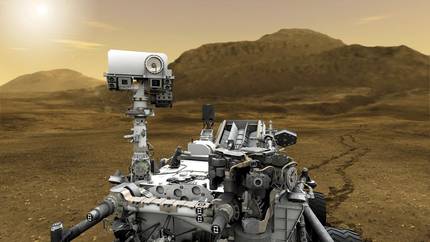
In our Solar System, however, there are stars that present better conditions for life than Mars.
After the red planet we have Jupiter, in principle a very inadequate candidate, since it is not an earthly planet but a gaseous giant that hardly has water. Around it is a satellite called Europe. It is much smaller than the Earth (similar to our Moon) and has a very fine atmosphere (the pressure on the surface is 10-12 times higher than the Earth). However, it has a characteristic that makes it very attractive: water in liquid state. The problem is that this water is not on the surface, because it is so far from the Sun that it is icy. However, the attraction forces of Jupiter mobilize this layer of ice, and it is believed that the heat caused by this movement allows the presence of a sea of water several kilometers from the surface. In addition, in 2013, NASA noted that spurts of up to 200 km of water can be seen from the European icy surface, probably due to the heat necessary for the interior sea.
With all these significant data, in January 2015, NASA has achieved a budget that comes from the US government to undertake its first specific mission for Europe. The objective of this project, called Europa Clipper, will be to collect data of all kinds about this icy star: to detect which chemical compounds exist, to locate sources of heat, to create a topographic map, etc. Although in this case the object of study is not Jupiter, it is technically easier for the probes to orbit around this gigantic planet and, to the extent possible, to approach Europe from time to time. Thus, NASA has calculated that it can be circulated 45 times near Europe at a height of 25 km.
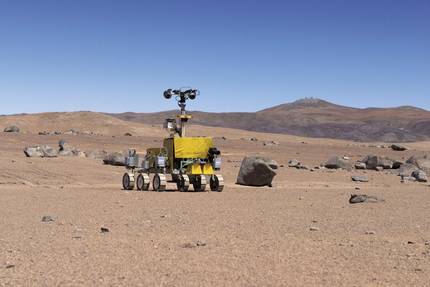
Looking for life on Mars and Europe is like looking for glasses in the most superficial places of the house. There we look because they are the closest candidates. Another option is to look for planets that can be suitable for life throughout the universe. In recent years, especially since the launch of the Kepler telescope, hundreds of planets have been found outside the Solar System. Specifically, planet 2.073, as shown on the web exoplanet.eu on February 10. Moreover, with the Transiting Exoplanet Survey Satellite (TESS) telescope to be launched in 2017, this number is expected to increase considerably. Although both Kepler and TESS help to find data on exoplanets, they provide little information about habitability. To do this, the launch of the Webb telescope is planned for 2018. This probe will help to study the atmospheric structure of exoplanets and can be used to locate life-related gases, such as methane. Therefore, with the joint use of TESS and Webb it is expected to find a large number of exoplanets suitable for life.
But, what are the right conditions for life? Based on the biochemistry we know, we have mentioned that water is essential. Carbon, hydrogen, oxygen and nitrogen are also required. Can it be alive without these elements? There are scientists who propose that yes, replacing water with ammonia or carbon by silicon. The absence of beings based on this type of biochemistry on our planet does not mean that it cannot be elsewhere. How to look for what we do not know or how it is? These scientists affirm that theoretically we would have to study these possible biological cycles in order to find their traces in space. It would be looking for glasses that we have never seen. Or perhaps more directly look for them without knowing what the glasses are.
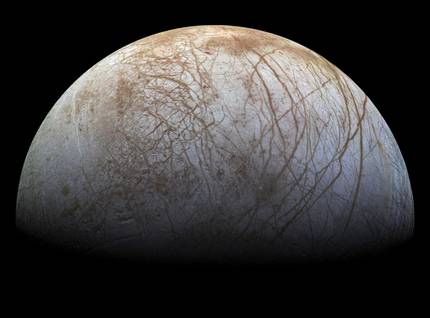
We have seen that on Earth it is difficult to find a place without life, since there are some bacteria that have the hardest corner. And outside the Earth there are no candidates to give lodging to some living being. Search started. Where are the glasses?



